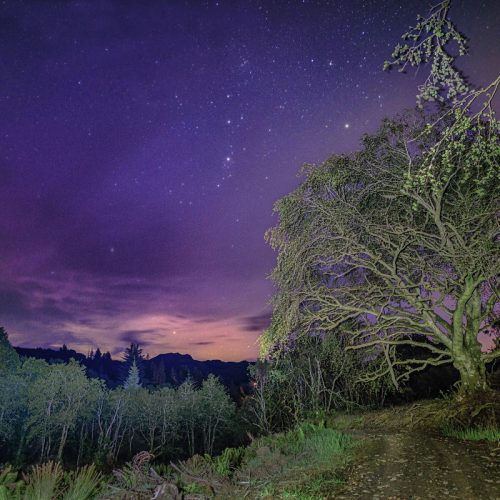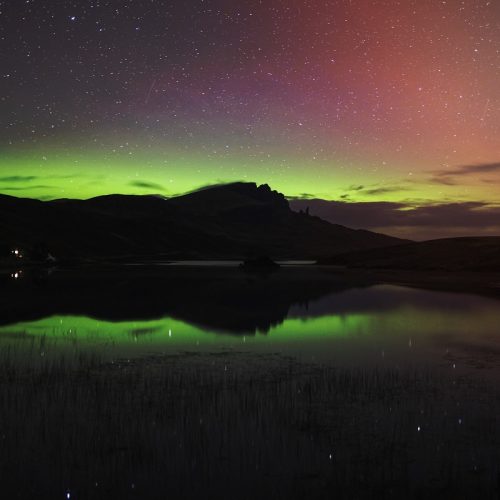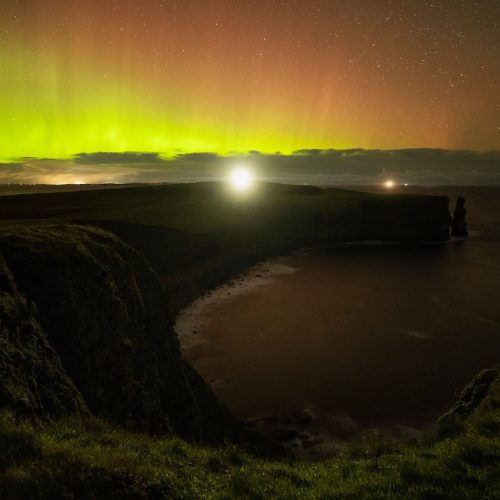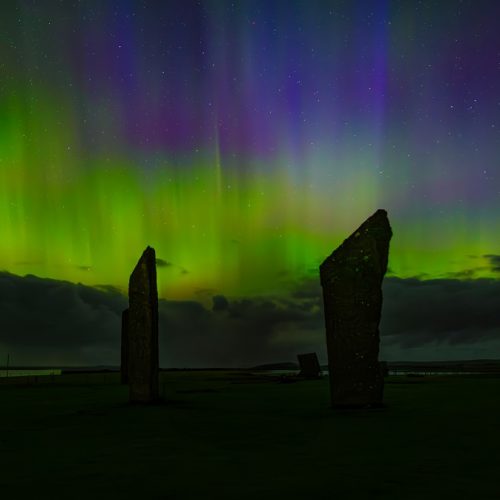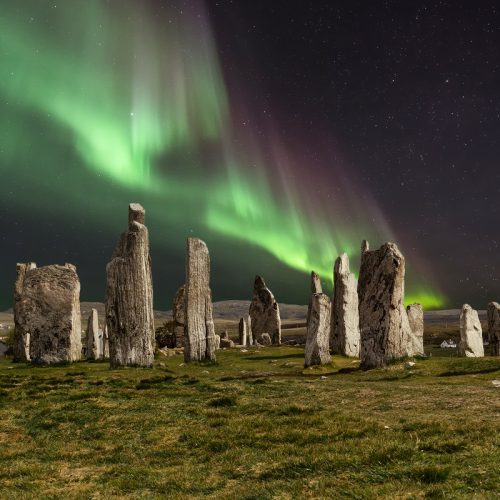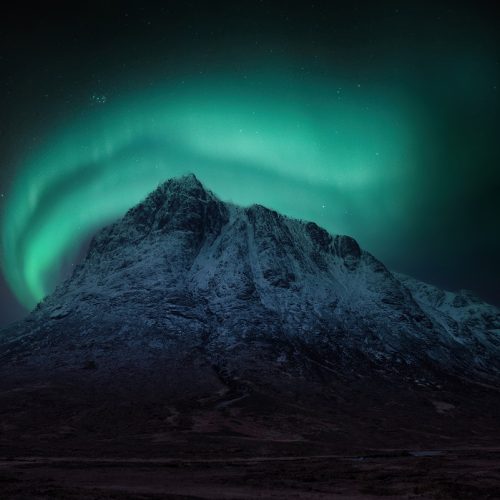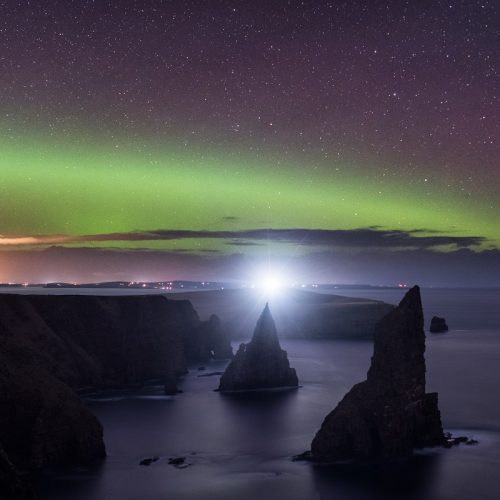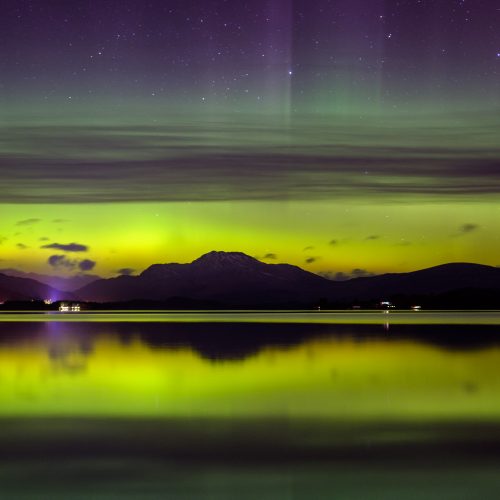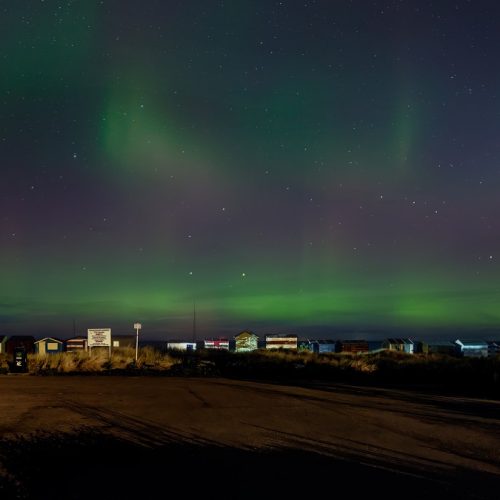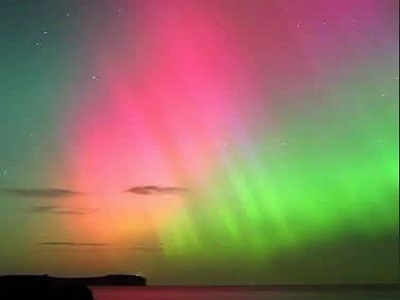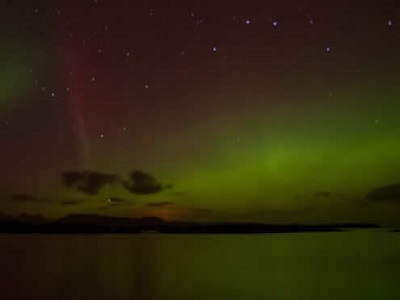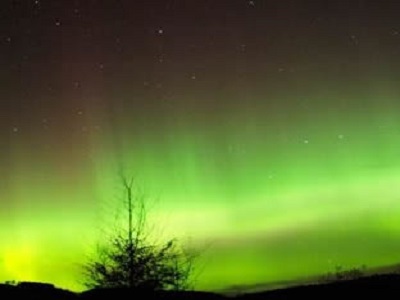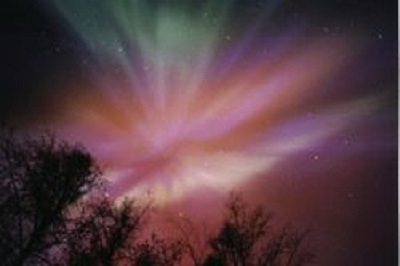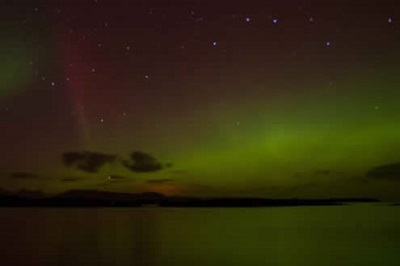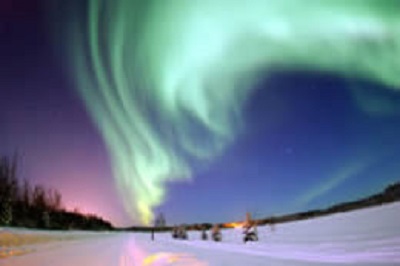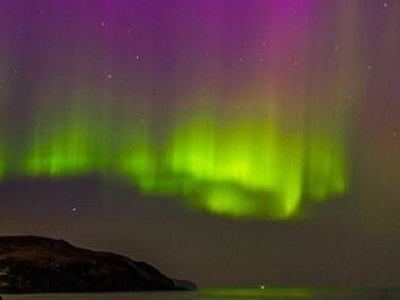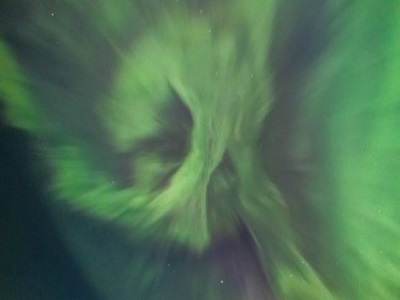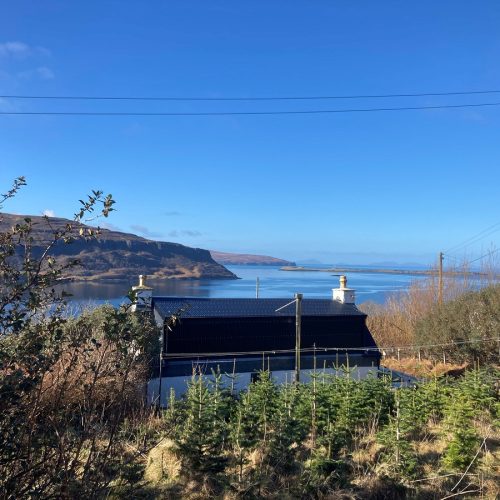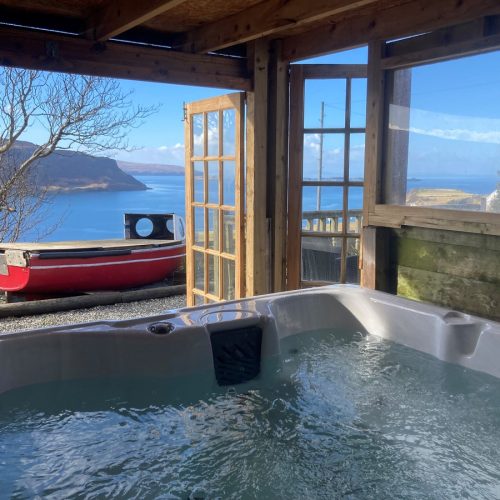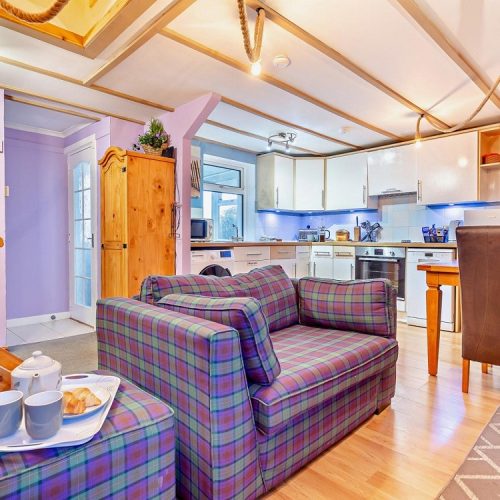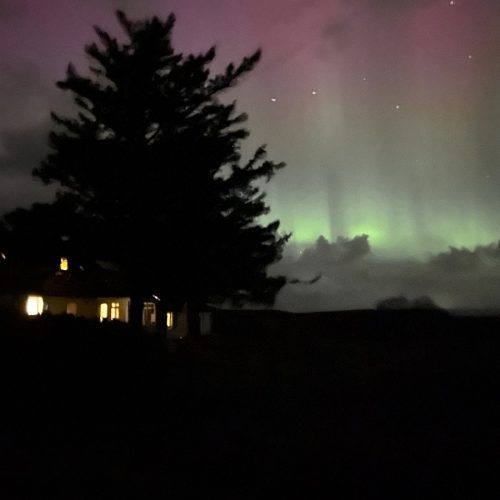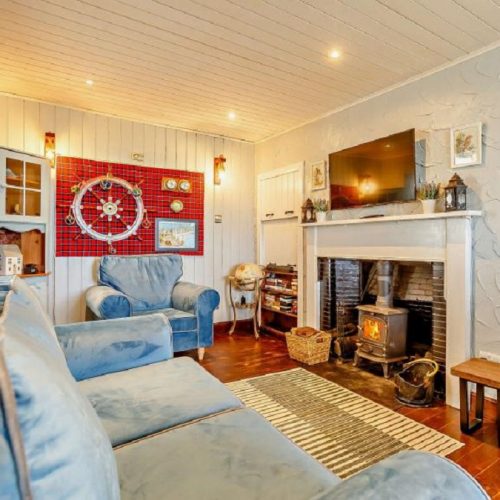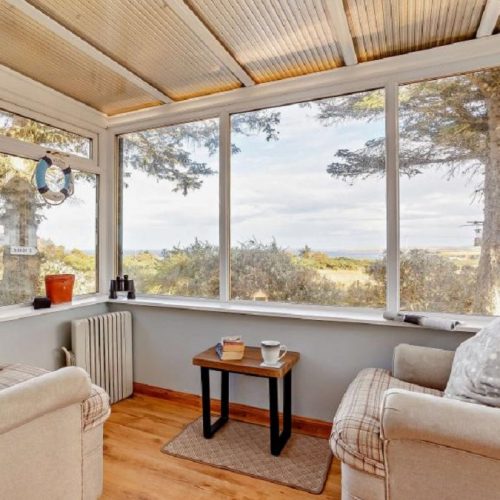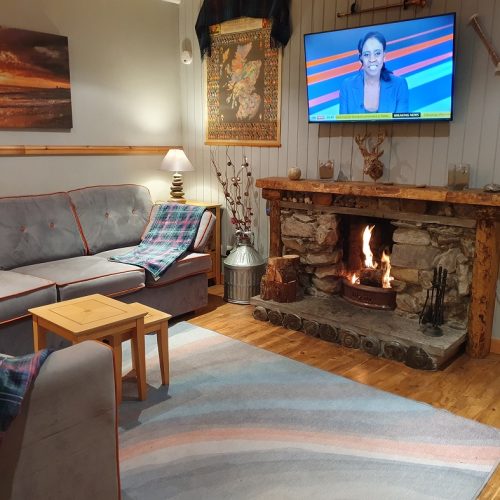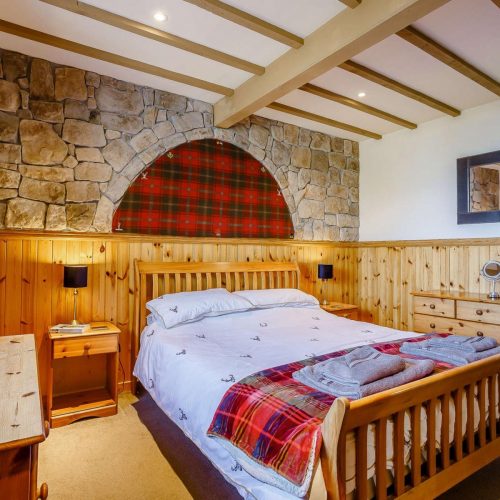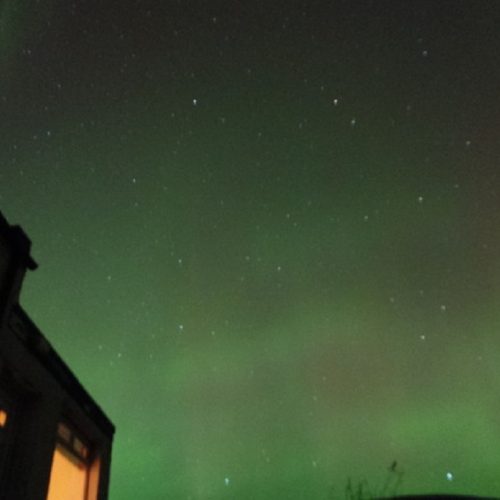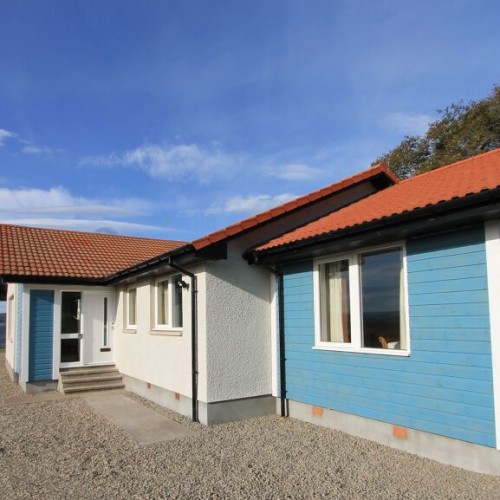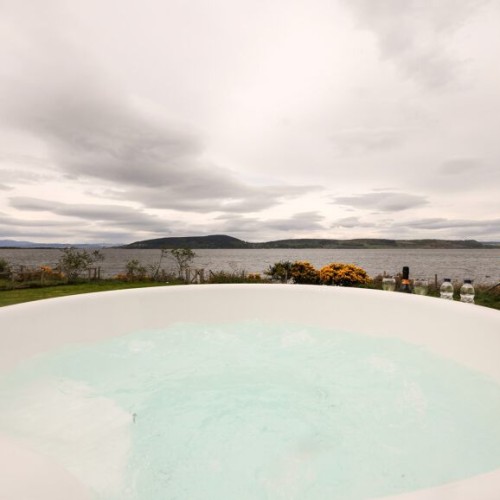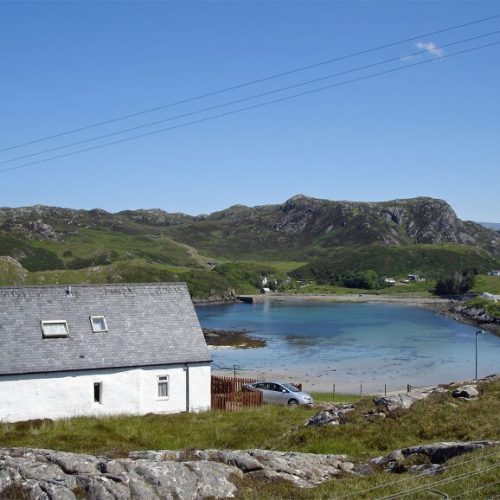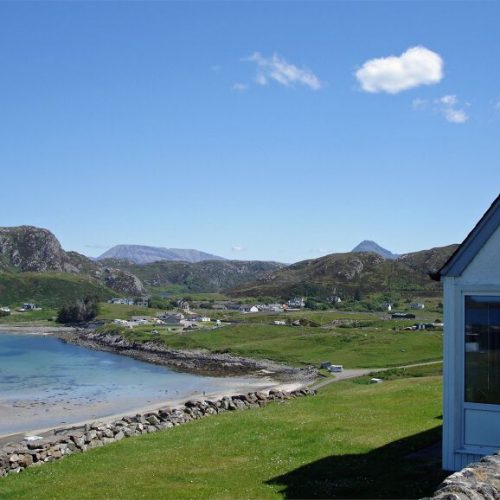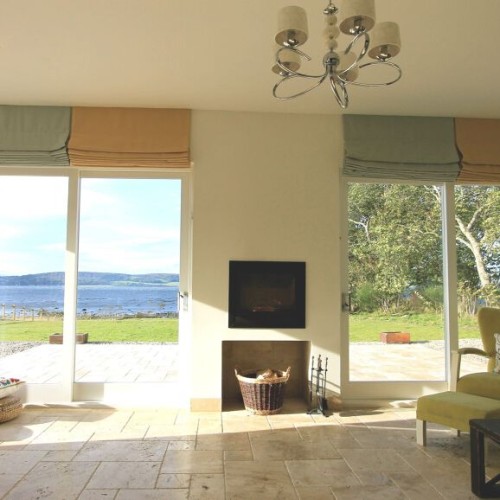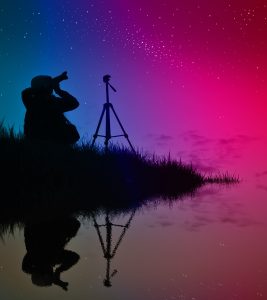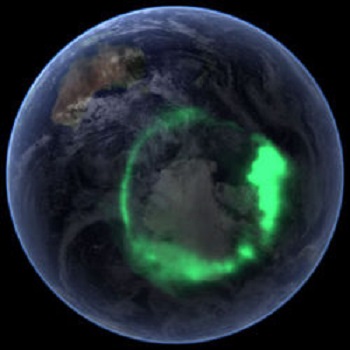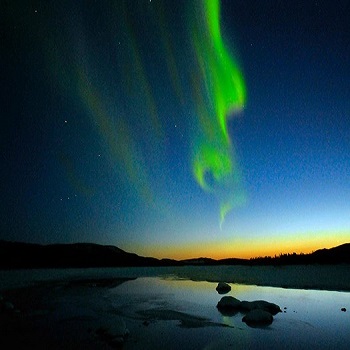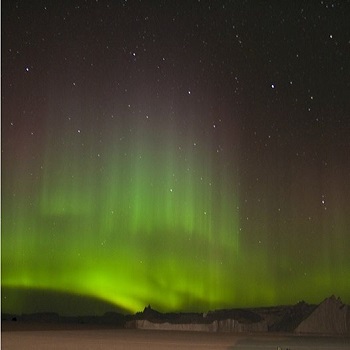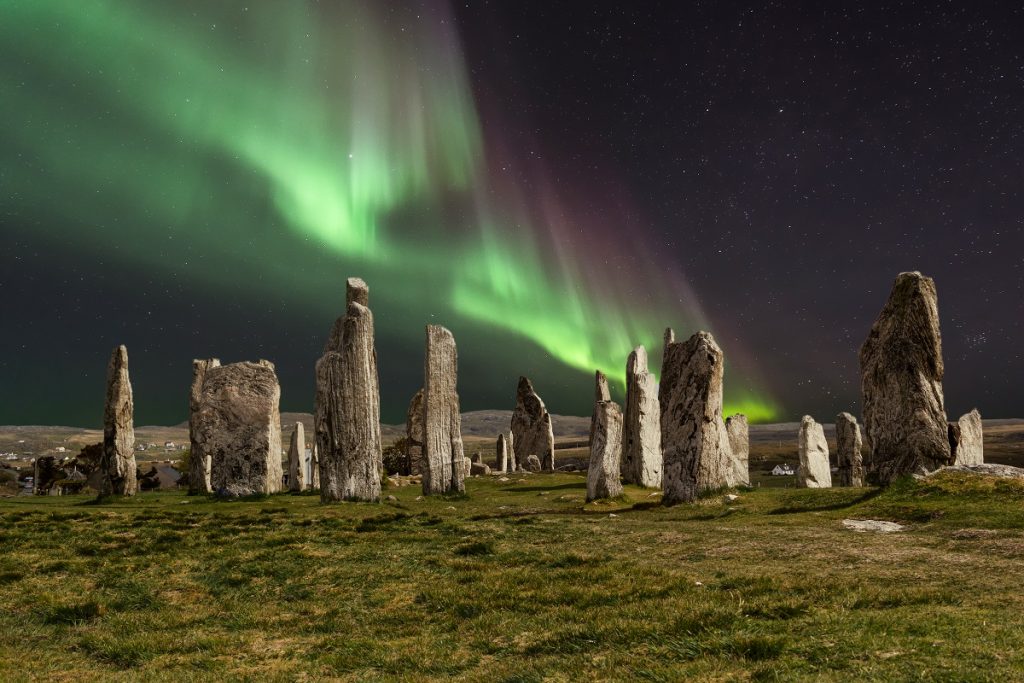The Northern Lights in Scotland – Scotland’s Most Authentic Mystery
The Loch Ness monster is Scotland’s most enduring mystery, however the Northern Lights “Aurora Borealis” the name of a light phenomenon often seen in the more northern regions of Scotland is “the most authentic mystery”, Because with good timing you are certain to see them annually during the crisp clear winter months early spring and late Autumn months. The lights have been around since the Earth formed an atmosphere, the Dinosaurs saw them, early humans saw them and our descendants will also see them. The scientific name for the phenomenon is “Aurora Borealis”, the Aurora for short
We are currently within a maximum solar cycle peak forecast promising the chance of extra special light shows in 2025 / 2026.
Northern Lights Accommodation – Check Availability / Book Now
The Northern Lights in Scotland
The Northern Lights Isle of Skye
The Northern Lights in Caithness
The Aurora Borealis over Orkney
The Northern Lights in Scotland
Aurora Borealis in the Northern Scottish Highlands
The Northern Lights Duncasnby Caithness
The Northern Lights in Scotland
Northern Lights / Aurora Borealis Moray Coast
The Northern Lights in Scotland
The Northern Lights in Scotland
The Northern Lights in Scotland
What Causes the Northern lights
Auroral mechanism Auroras are now known to be caused by the collision of charged particles (e.g. electrons), found in the magnetosphere, with atoms in the Earth’s upper atmosphere (at altitudes above 80 km) These charged particles are typically energized to levels between 1 thousand and 15 thousand electronvolts and as they collide with atoms of gases in the atmosphere, the atoms become energized. Shortly afterwards, the atoms emit their gained energy as light (see Fluorescence). Light emitted by the Aurora tends to be dominated by emissions from atomic oxygen, resulting in a greenish glow (at a wavelength of 557.7 nm) and – especially at lower energy levels and at higher altitudes – the dark-red glow (at 630.0 nm of wavelength). Both of these represent forbidden transitions of electrons of atomic oxygen that, in absence of newer collisions, persist for a long time and account for the slow brightening and fading (0.5-1 s) of auroral rays. Many other colors – especially those emitted by atomic and molecular nitrogen (blue and purple, respectively) – can also be observed. These, however, vary much faster and reveal the true dynamic nature of auroras. As well as visible light, auroras emit infrared (NIR and IR) and ultraviolet (UV) rays as well as X-rays (e.g. as observed by the Polar spacecraft). While the visible light emissions of auroras can easily be seen on Earth, the UV and X-ray emissions are best seen from space, as the Earth’s atmosphere tends to absorb and attenuate these emissions.
What do the Northern lights look like?
Typically the aurora appears either as a diffuse glow or as “curtains” that approximately extend in the east-west direction. At some times, they form “quiet arcs”; at others (“active aurora”), they evolve and change constantly. Each curtain consists of many parallel rays, each lined up with the local direction of the magnetic field lines, suggesting that aurora is shaped by the earth’s magnetic field. Indeed, satellites show auroral electrons to be guided by magnetic field lines, spiralling around them while moving earthwards. The earth is constantly immersed in the solar wind, a rarefied flow of hot plasma (gas of free electrons and positive ions) emitted by the sun in all directions, a result of the million-degree heat of the sun’s outermost layer, the solar corona.
The solar wind usually reaches Earth with a velocity around 400 km/s, density around 5 ions/cc and magnetic field intensity around 2-5 nT (nanoteslas; the earth’s surface field is typically 30,000-50,000 nT). These are typical values. During magnetic storms, in particular, flows can be several times faster; the interplanetary magnetic field (IMF) may also be much stronger. The IMF originates on the sun, related to the field of sunspots, and its field lines (lines of force) are dragged out by the solar wind. That alone would tend to line them up in the sun-earth direction, but the rotation of the sun skews them (at Earth) by about 45 degrees, so that field lines passing Earth may actually start near the western edge (“limb”) of the visible sun a numerical simulation of the solar wind illustrates that: Solar wind forecast. The Far North of Scotland has the same latitude as Moscow (Russia) and Stavenger (Norway) but is more easily accessible. It’s advantage of Northern latitude along with the complete absence of street lamps mean regular sightings of the Northern lights “Aurora Borealis” With good timing you have a chance of experiencing one of the world’s most magnificent natural phenomena: the Northern Lights. The Northern night sky dancing with red, yellow, green, blue and violet streamers, arcs and rays. The best time to see the Northern lights are the crisp, clear winter nights from September through to April between 10 pm and 3 am.
Best accommodation to see the Northern Lights
Next available 7th and 21st June
Sunset View Isle of Skye – This unique detached former croft cottage sits high in Hills of North West Isle of Skye “accessed by toll free road bridge” on the spectacular Waternish peninsular. This cottage enjoys many Luxuries including Private Hot Tub (with supplement) Jacuzzi bath, Full Electric Heating, Supplementary Log Fire, Free WiFi, Conservatory “North West facing” with breath-taking unrestricted Sea and Sky Views perfect for Aurora Watching. Sleeps 5, Pets Welcome
Next availability 19th April and 9th August
Far North Cottage Dunnet Head North Coast 500 – This unique former Croft Cottage is the furthest North Detached Cottage on the Scottish mainland, enjoying spectacular open views of the Pentland firth, Scapa flow and Orkney Isles. All Luxuries including Outdoor Private Hot Tub (with supplement) en-suite bathroom featuring observation skylight windows, Jacuzzi baths, Sauna and free WIFI. Full Electric heating, Coal / Wood Stove and Conservatory for the clear Sea views and Night Sky watching, perfect for Aurora Watching. Sleeps up to 6 and Pets Welcome
Next availability from 21st June and 5th July
Sea View Cottage Navidale North Coast 500 – This unique detached Luxury crofters cottage sits high in the Sutherland Hills and enjoys a Remote feel in a most elevated position with Conservatory, Outdoor Private Hot Tub (with supplement), Jacuzzi bath, Sauna, Full Central Heating, Open fire and WiFi. Sea View is easily accessible by car, or public transport even in the winter, with spectacular elevated views of the North Sea, Mountains and Night skies, perfect for Aurora Watching. Sleeps up to 6 and Pets Welcome
Moray Firth Waterside Cottage Hot Tub – Perfect for aurora watching and perched on the Shores of the Moray Firth this stylish detached Lodge with private hot tub and BBQ hut with seating area. Enjoys spectacular sea views towards Inverness, Kessock Bridge and the Black Isle, perfect for gatherings of friends and family. Sleeps up to 10 and Pets Welcome
In an elevated position and just a stones throw from the Beach with spectacular views over Scourie Bay, this much-loved property on the stunning North North Coast 500 route is ideal for large families looking for a remote star gazing getaway. Sleeps up 6 sorry no Pets
More Scottish Winter Holiday Ideas
More Great Cottages to see the Northern Lights
The Northern Lights in Scotland – the best viewing areas
Northern Lights in Scotland – Aurora Borealis Forecast 2025 / 2026
The best tool available for predicting when the Northern Lights are most likely to appear is the Live “Aurora Service” This a free northern lights information service based in Scandinavia, run by volunteers who give a lot of free time to create and maintain this website to help people in Northern Europe see the Northern Lights. Unlike many other aurora websites, they are actually aurora watchers themselves, and are regularly standing in a dark field in the middle of the night.
Northern Lights / Aurora Forecasting Tools
Check out the following great information pages and tracking Tools
Also this great Apple App you can download to your smart phone or Tablet
How to see the Northern lights in Scotland
What Causes the Northern lights – continued
The earth’s magnetosphere is the space region dominated by its magnetic field. It forms an obstacle in the path of the solar wind, causing it to be diverted around it, at a distance of about 70,000 km (before it reaches that boundary, typically 12,000-15,000 km upstream, a bow shock forms). The width of the magnetospheric obstacle, abreast of Earth, is typically 190,000 km, and on the night side a long “magnetotail” of stretched field lines extends to great distances. When the solar wind is perturbed, it easily transfers energy and material into the magnetosphere. The electrons and ions in the magnetosphere that are thus energized move along the magnetic field lines to the polar regions of the atmosphere causing the aurora. The aurora is a common occurrence in the ring-shaped zone. It is occasionally seen in temperate latitudes, when a strong magnetic storm temporarily expands the auroral oval. Large magnetic storms are most common during the peak of the eleven-year sunspot cycle or during the three years after that peak. However, within the auroral zone the likelihood of an aurora occurring depends mostly on the slant of IMF lines (known as Bz, pronounced “bee-sub-zed” or “bee-sub-zee”), being greater with southward slants. Geomagnetic storms that ignite auroras actually happen more often during the months around the equinoxes. It is not well understood why geomagnetic storms are tied to the earth’s seasons when polar activity is not. It is known, however, that during spring and autumn, the earth’s and the interplanetary magnetic field link up. At the magnetopause, Earth’s magnetic field points north. When Bz becomes large and negative (i.e., the IMF tilts south), it can partially cancel Earth’s magnetic field at the point of contact. South-pointing Bz’s open a door through which energy from the solar wind can reach Earth’s inner magnetosphere. The peaking of Bz during this time is a result of geometry. The interplanetary magnetic field comes from the sun and is carried outward the solar wind. Because the sun rotates the IMF has a spiral shape. Earth’s magnetic dipole axis is most closely aligned with the Parker spiral in April and October. As a result, southward (and northward) excursions of Bz are greatest then. However, Bz is not the only influence on geomagnetic activity. The Sun’s rotation axis is tilted 8 degrees with respect to the plane of Earth’s orbit. Because the solar wind blows more rapidly from the sun’s poles than from its equator, the average speed of particles buffeting Earth’s magnetosphere waxes and wanes every six months. The solar wind speed is greatest — by about 50 km/s, on average — around September 5 and March 5 when Earth lies at its highest heliographic latitude. Still, neither Bz nor the solar wind can fully explain the seasonal behaviour of geomagnetic storms. Those factors together contribute only about one-third of the observed semi-annual variation.
Planets, Stars, Comets and the Night Sky
Those simply looking for Planet’s, Star’s and Night sky gazing can maximise their outlook and viewing pleasure by heading to Remote or clear Coastal areas of Northern Scotland – Please go to dedicated page Sky Watching Holidays in Scotland
More useful Links for Northern Lights – Aurora Borealis Hunters
The Aurora Live up to date forecast and activity page. Also the excellent facebook page Aurora Watch UK. The Aurora Page Information, links and images about the Aurora Borealis or Northern Lights
100’s of Winter Holidays in Scotland
Availability inquiry for rental Cottages ideally placed to view the Northern Lights
Simply email us your required dates, group / party size and we will promptly reply with an emailed list of all the best Self Catering Cottage options in the North of Scotland available for your required dates and we will respond promptly
